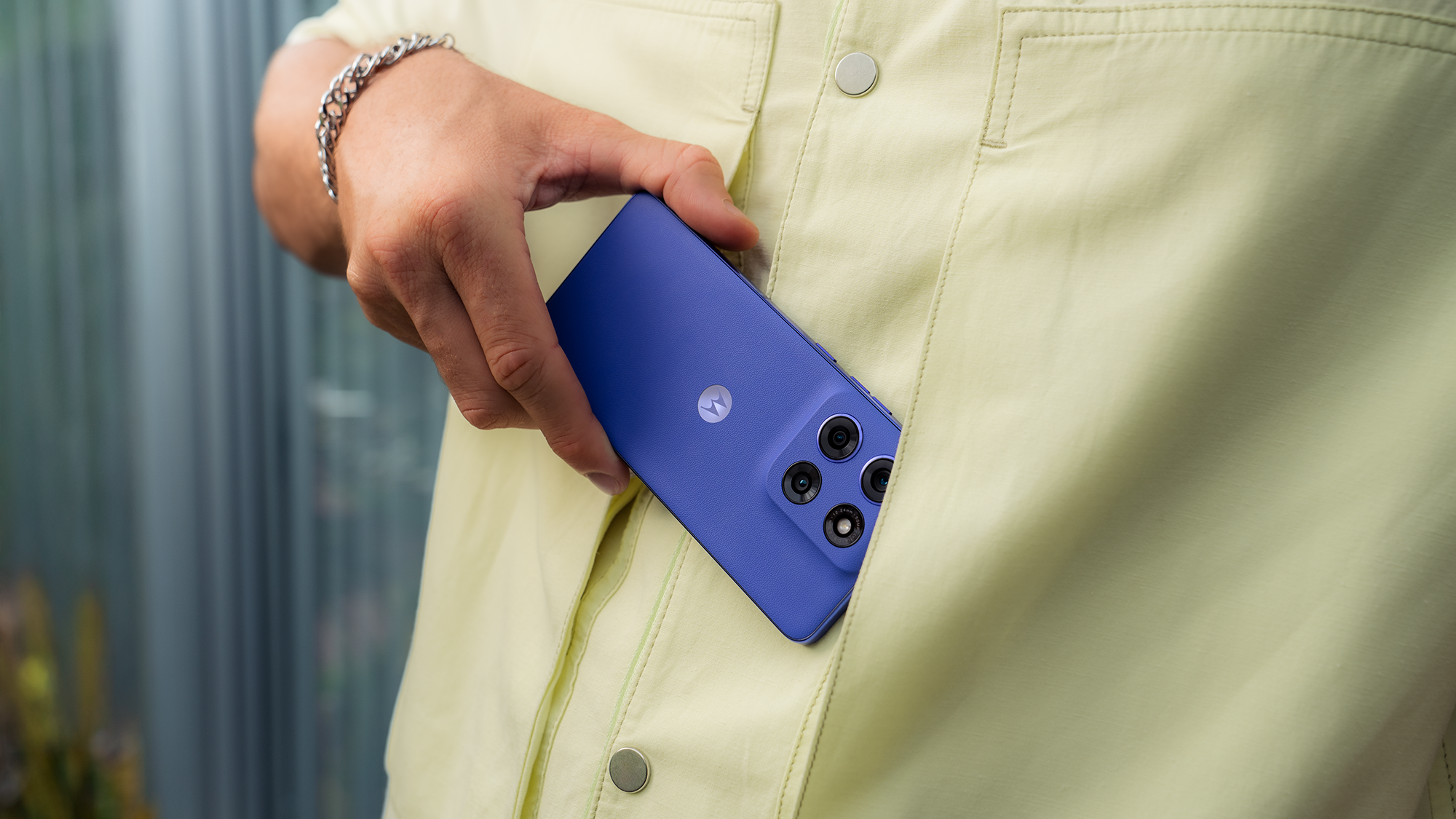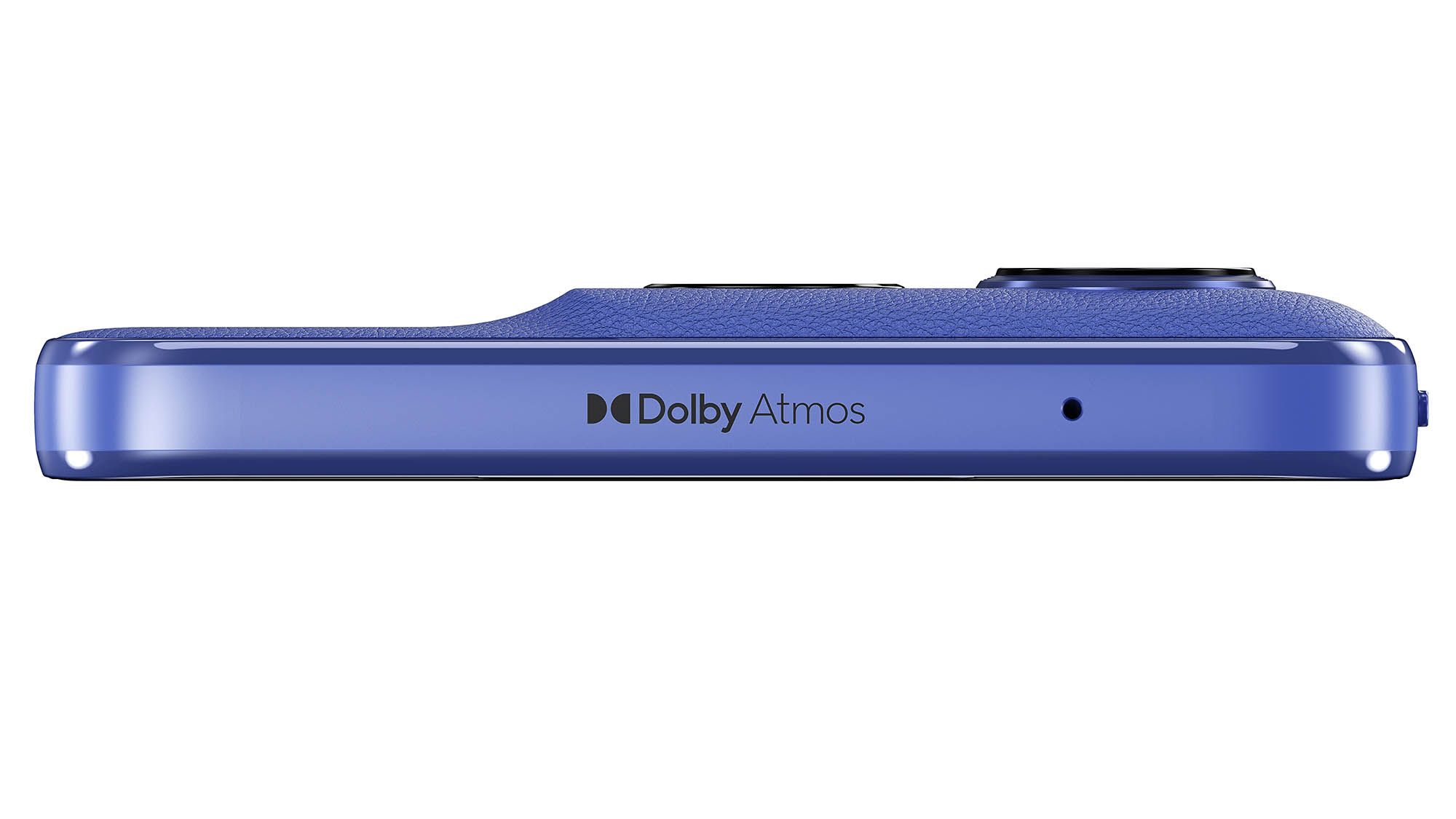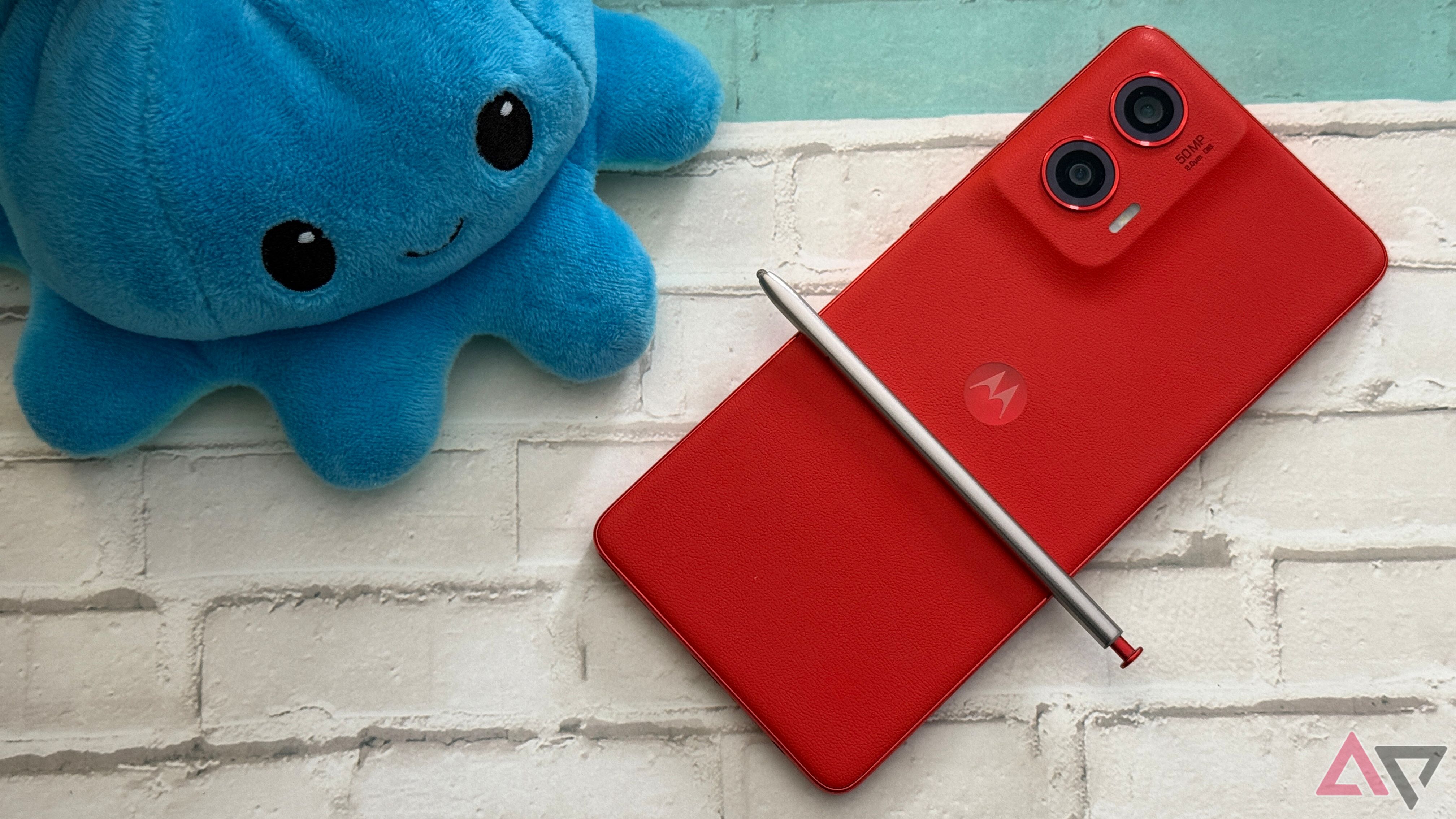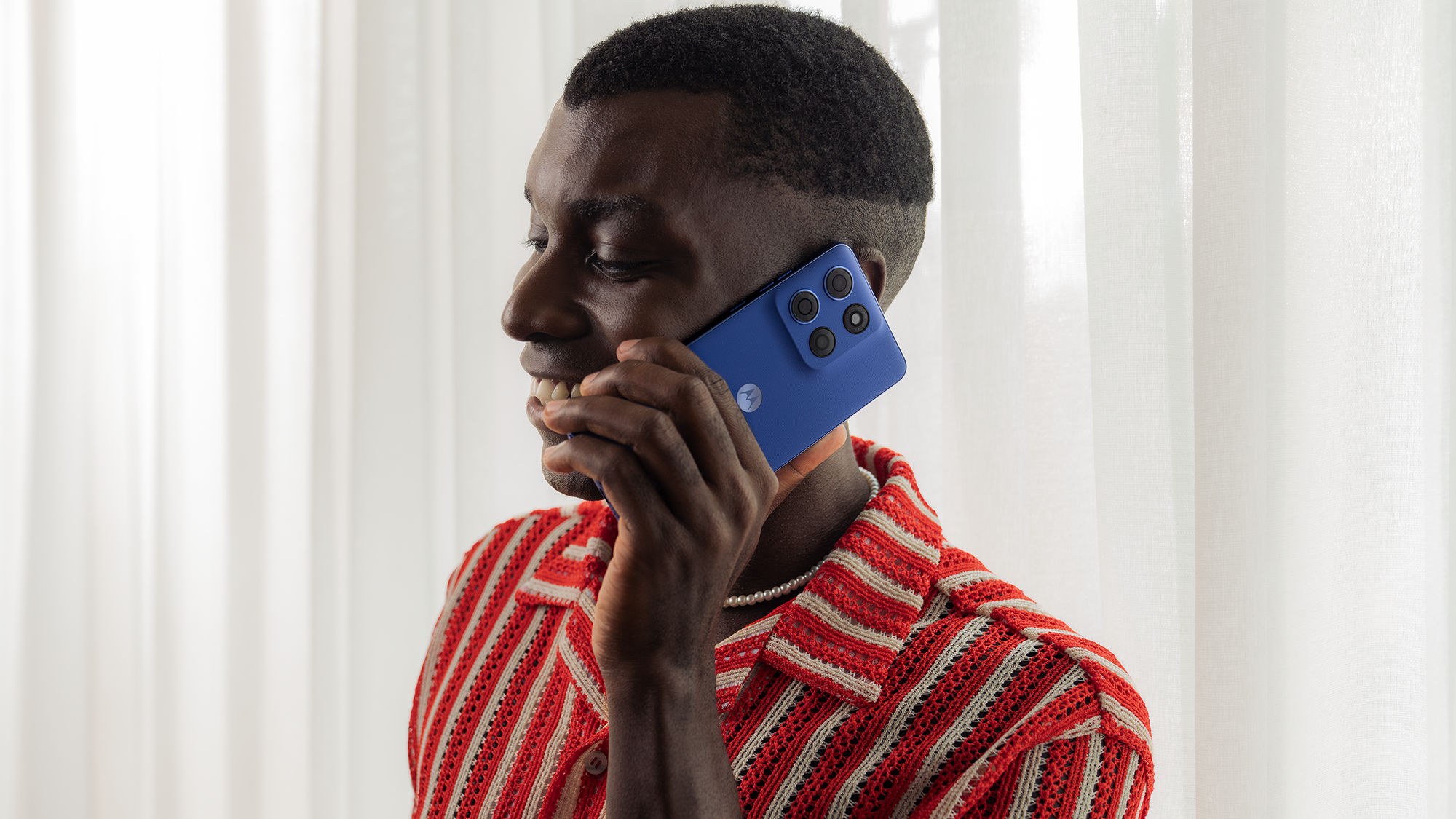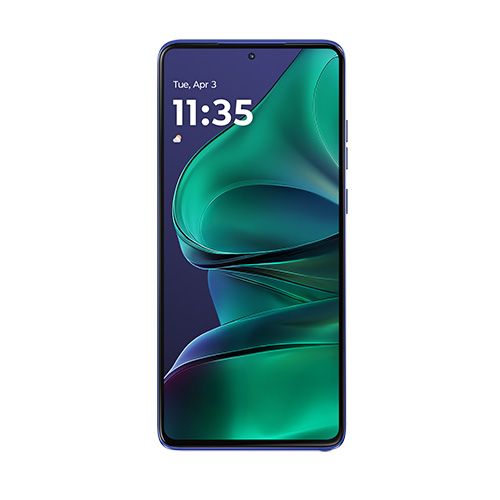Although it’s easy to keep your eyes locked to devices like the Razr+, Motorola has primarily focused on the budget market for the last decade. We’ve seen some highs and some lows in this regard, and unfortunately, I’d have to put last year’s Moto G Stylus closer to the low side of that divide. It wasn’t an unusable smartphone, but for $400, it was simply outclassed in nearly every way compared to its competition. When Samsung, Google, and OnePlus are all running circles around you at similar price points, it’s difficult for a simple stylus to draw people in — no pun intended.
This year, though, the Moto G Stylus is back and far more promising. While we’ll have to wait to get our hands on a unit before sharing our final thoughts, on paper, this latest Moto phone seems to pack in some serious upgrades. Is it enough to keep you from considering, say, the Pixel 9a or the ever-expanding lineup of Galaxy A-series phones? I’m not so sure, but for $400*, you could absolutely do worse.
Motorola’s new Moto G Stylus is focused on changing its specs, not its design
And I couldn’t be more relieved
This year’s refresh is really all about the specs, so I’ll keep this design-focused section brief. After a pretty big overhaul last year, Motorola is keeping the same core look and feel from the 2024 model. Faux-leather back, curved camera bump, a (mostly) matte frame surrounding a 6.7-inch display — it’s all here, basically as you remember it. It’s effectively the inverse of last year’s device, which retained many of the specs of its 2023 predecessor while rocking this revised style. This G Stylus does come in two new colors, though: Gibraltar Sea and Surf the Web. That’s two different shades of blue, respectively.
Okay, let’s talk about those specs. Pretty much everything is refreshed this year, and it starts with the display. While Moto is still using a 6.7-inch 120Hz pOLED panel, it’s bumped the resolution up to 1220p. That’s not quite QHD-levels of pixel density, but it’s a step above the 1080p panel on last year’s phone, as is the 3,000 nits rating for peak HDR brightness. Moto’s paired that screen with Dolby Atmos-supported stereo speakers, which unfortunately come at the inclusion of an ugly Dolby logo stamped directly on the frame.
Under the hood, Moto’s kept some of its specs unchanged, including 8GB of RAM and up to 256GB of storage. The good news, though, is that this new G Stylus is jumping to a Snapdragon 6 Gen 3 chipset, leaving behind the Snapdragon 6 Gen 1 utilized over the past two Stylus generations. Now, Qualcomm’s Snapdragon 6 series is a mess, so what you need to know is that the Snapdragon 6 Gen 3 is actually the second mainline entry in this midrange collection — there was no Snapdragon 6 Gen 2. This also isn’t running the relatively-new Snapdragon 6 Gen 4, which features some big improvements over its predecessors.
But for the demographic considering the Moto G Stylus, I think that’s probably okay. Sure, the Snapdragon 6 Gen 3 kept things mostly consistent — higher clock speeds on its main Cortex cores and an increased focus on AI — but that’s still an improvement over the Gen 1 chip. Last year’s Moto G Stylus ran fine; I barely discussed performance in my review, for both good and bad reasons. Regardless, I think it was clear to Motorola that the plan for SoCs moving forward needed to change.
A couple other crucial improvements round out the rest of the specs sheet. A move to IP68 water and dust resistance is huge; the last Moto G Stylus was rated at IP52, so this thing will absolutely survive dips in the pool this summer without a problem. Motorola also bundled its 5,000mAh battery with 68W fast-charging, a massive step forward that the company says results in 40 hours of “power” on a single charge and the ability to get through a day on just 15 minutes of top out. And yes, it still has 15W wireless charging.
Finally, let’s talk about the camera. None of Motorola’s smartphones are particularly impressive shooters; the last time one of its cameras really impressed me was on the 2023 Edge+. However, for $400, it does sound like Motorola is making moves in the right direction. The new 50MP f/1.8 sensor is a Sony LYTIA 700C, which seems to be the same sensor seen on the OnePlus 13R earlier this year. While I haven’t use the phone personally, AP’s Stephen Radochia — who also found plenty of value in the Moto G Stylus 2024 post-launch — was a big fan in his 13R review.
It’s paired with a 13MP ultrawide lens and a 32MP front-facing camera, which appear pretty similar to what we saw on last year’s phone. Thankfully, no 2MP “macro” lenses here — Motorola says the ultrawide lens can handle any macro shots you might have. Finally, I need to end on a bummer note. Motorola tells me this new G Stylus is supported for two OS upgrades and three years of bimonthly security patches. While that is one more upgrade than last year’s phone received, keep in mind we’re getting two major Android OS upgrades this year. Come 2026, you’ll likely be out of major updates.
Moto’s next stylus-equipped smartphone will be here sooner than you think
Just keep in mind any last-second price changes
Motorola’s new Moto G Stylus will be available starting April 17th as an unlocked model from Amazon, Best Buy, and the phone maker’s own website. It’s coming to a ton of carriers, including Verizon, AT&T, Metro by T-Mobile, and Google Fi in the coming months. It’s priced at $399, but that asterisk in the intro wasn’t a mistake. While the shipping date is close enough that I don’t expect the phone to get hit by Trump’s tariff plan immediately, I wouldn’t be surprised if this price escalates over the coming weeks and months.
Motorola Moto G Stylus (2025)
Motorola’s new Moto G Stylus looks to keep the great design from its predecessor and match it with some more modern specs. Whether that’s enough to shy buyers away from the best of Samsung and Google, however, remains to be seen.




